Comprehensive AI solutions tailored for businesses prepared for the future.
OpenAI API Integration
Integrate game-changing AI into your apps and services for unmatched user engagement and operational efficiency.
OpenAI GPT Fine-Tuning
Tailor-Made Intelligence. Transform a general-purpose language model into a specialized asset. Get precision, relevancy, and efficiency perfectly aligned with your specific tasks.
ChatGPT Plugin Development
Add specialized capabilities to your ChatGPT model effortlessly. From data integration to UI enhancements, make your AI as unique as your business needs.
AI Strategy Consulting
Navigate the maze of AI adoption with expert guidance tailored to your business goals. From ideation to implementation, make artificial intelligence your competitive edge.
LangChain Development
Revolutionize your application development with LangChain's streamlined framework. Seamlessly integrate large language models for chatbots, document analysis, and code scrutiny. It's not just an upgrade—it's a leap into future-ready tech.
Data Services for LLMS
Expertly curated data is the cornerstone of any successful large language model. Don't compromise—optimize.
FAQs
What Does Prompt Engineering Entail?
Prompt engineering is the art of meticulously formulating and tailoring input prompts for language models such as GPT-3. This process aims to steer the model’s responses towards precise or intended results. It encompasses the strategic crafting of the initial text fed to the model, optimizing it to produce responses that align with specific objectives or desired outcomes.
Are 'prompt engineering,' 'prompt design,' and 'prompt building' interchangeable terms?
While “prompt engineering,” “prompt design,” and “prompt building” all relate to the creation and formulation of input prompts for language models, each term emphasizes a different aspect of the process:
Prompt Engineering: This term typically refers to the more technical side of prompt creation. It encompasses the systematic testing, refining, and optimizing of prompts to enhance the performance and accuracy of language models.
Prompt Design: This aspect is more focused on the creative and strategic development of prompts. It involves crafting prompts in a way that effectively guides the language model to generate desired responses or outputs.
Prompt Building: This term suggests a process grounded in practical experience and expertise. It implies the skillful assembly of prompts based on a deep understanding of language models and their interactions with various inputs.
How Can You Craft Effective Prompts for ChatGPT, Jasper, DALL-E 2, and Stable Diffusion?
To create impactful prompts for AI tools like ChatGPT, Jasper, DALL-E 2, and Stable Diffusion, it’s crucial to apply targeted prompt engineering techniques. These ensure your prompts are finely tuned to each AI’s capabilities and your specific objectives. Here are key strategies for crafting successful prompts:
Be Precise and Descriptive: Clearly define what you want the AI to do. The more specific and detailed your prompt, the more accurate and relevant the AI’s response or output will be.
Use Examples Effectively: Start with zero-shot prompts (without examples) to test the AI’s baseline understanding. Then, introduce few-shot prompts (including one or more examples) to guide the AI more precisely. This step-by-step approach helps in gradually shaping the AI’s responses.
Set Boundaries and Alternatives: Explicitly state what the model should avoid. This includes both content and style prohibitions. Additionally, offer alternatives or preferred approaches, guiding the AI towards more acceptable or desired outputs.
What AI Technologies Are Available for Your Projects?
Our expertise spans a diverse range of AI technologies to support your needs. We specialize in working with ChatGPT, Jasper, Copy.ai, DALL-E 2, Midjourney, and Stable Diffusion. If your project requires a different AI technology, we’re open to exploring and integrating new tools to best meet your specific requirements.
How Is Your Pricing Determined?
Our pricing model is flexible and tailored to fit the unique requirements of each project. We offer two main structures: per-hour rates for smaller or more dynamic tasks, and project-based pricing for larger, well-defined projects. The choice between these depends on the scope and scale of your specific needs.
Let's discuss
Turning your idea into reality!
Let’s discuss your project and find out what we can do to add value.
